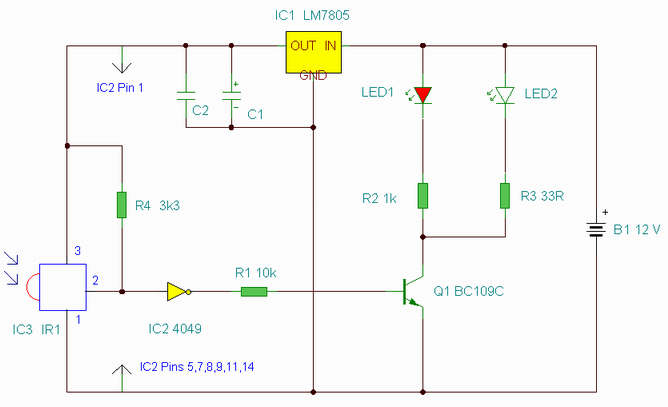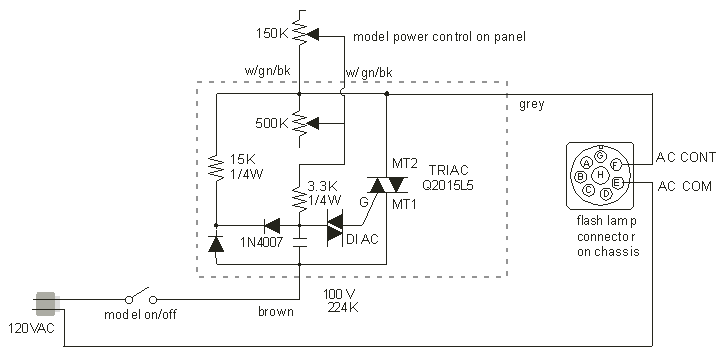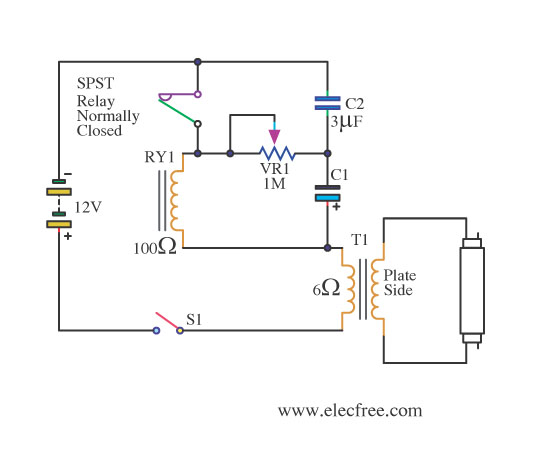
Bathroom automatic hand dryer circuit

Bathroom automatic hand dryer circuit. The circuit features an LED and a photosensitive transistor (VT) that together form an infrared opto coupler, serving as a signal sensing mechanism. The control element is a 1WH8778 switch integrated circuit. When hands are detected by the optical coupler, the high potential at the input of the TWH8778 switch integrated circuit is activated, resulting in approximately 1.6V. Current flows through a resistor (R), triggering the circuit which activates the crystal field management (VTH), allowing the far infrared heating element (EH) to operate for hand drying. Once the hands are removed, the automatic cut-off switch circuit deactivates, stopping the operation of the heating element.
The bathroom automatic hand dryer circuit utilizes an infrared opto coupler consisting of an LED and a photosensitive transistor (VT) to detect the presence of hands. This detection is crucial for the automatic operation of the hand dryer. The circuit is designed to minimize energy consumption by activating the heating element only when necessary.
The control element of the circuit is the 1WH8778 switch integrated circuit. This IC is responsible for processing the signals received from the infrared opto coupler. When the LED emits infrared light, it is reflected off the hands and detected by the photosensitive transistor. The presence of hands causes the voltage at the input of the TWH8778 to rise to approximately 1.6V. This voltage level is sufficient to turn on the switch integrated circuit, allowing current to flow through a resistor (R).
The flow of current through the resistor triggers the crystal field management (VTH), which activates the far infrared heating element (EH). This heating element is designed to quickly dry hands using infrared radiation, providing a hygienic and efficient drying method.
Once the hands are removed from the detection area, the infrared light is no longer reflected to the photosensitive transistor. This change in signal leads to the automatic cut-off feature being activated, which deactivates the switch integrated circuit and stops the operation of the heating element. This feature not only conserves energy but also enhances the safety of the device by preventing overheating.
Overall, the circuit design emphasizes efficiency and user convenience, making it an effective solution for automatic hand drying in bathroom settings. Bathroom automatic hand dryer circuit. Figure, LED to LED tube takes; VT is a photosensitive transistor, LED and VT composition infrared opto tuner, as a signal sensing clamor, 1WH8778 switch integrated circuit as the control element. When the optical coupler hands in the following, feet high potential TWH8778 switch integrated circuit is turned almost 1.6V, current through R, double trigger to make it crystal f field management VTH conduction, far infrared heating line identified EH is working hand drying. After leaving the hand, automatic cut-off switch circuit, EH to stop working.
The bathroom automatic hand dryer circuit utilizes an infrared opto coupler consisting of an LED and a photosensitive transistor (VT) to detect the presence of hands. This detection is crucial for the automatic operation of the hand dryer. The circuit is designed to minimize energy consumption by activating the heating element only when necessary.
The control element of the circuit is the 1WH8778 switch integrated circuit. This IC is responsible for processing the signals received from the infrared opto coupler. When the LED emits infrared light, it is reflected off the hands and detected by the photosensitive transistor. The presence of hands causes the voltage at the input of the TWH8778 to rise to approximately 1.6V. This voltage level is sufficient to turn on the switch integrated circuit, allowing current to flow through a resistor (R).
The flow of current through the resistor triggers the crystal field management (VTH), which activates the far infrared heating element (EH). This heating element is designed to quickly dry hands using infrared radiation, providing a hygienic and efficient drying method.
Once the hands are removed from the detection area, the infrared light is no longer reflected to the photosensitive transistor. This change in signal leads to the automatic cut-off feature being activated, which deactivates the switch integrated circuit and stops the operation of the heating element. This feature not only conserves energy but also enhances the safety of the device by preventing overheating.
Overall, the circuit design emphasizes efficiency and user convenience, making it an effective solution for automatic hand drying in bathroom settings. Bathroom automatic hand dryer circuit. Figure, LED to LED tube takes; VT is a photosensitive transistor, LED and VT composition infrared opto tuner, as a signal sensing clamor, 1WH8778 switch integrated circuit as the control element. When the optical coupler hands in the following, feet high potential TWH8778 switch integrated circuit is turned almost 1.6V, current through R, double trigger to make it crystal f field management VTH conduction, far infrared heating line identified EH is working hand drying. After leaving the hand, automatic cut-off switch circuit, EH to stop working.





